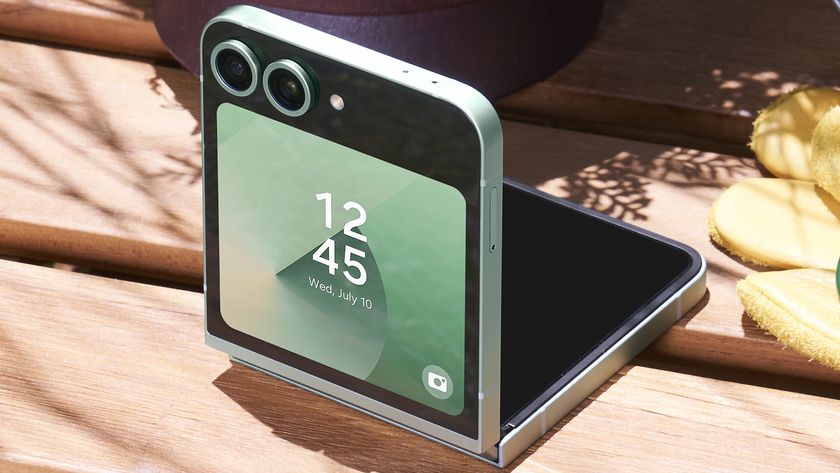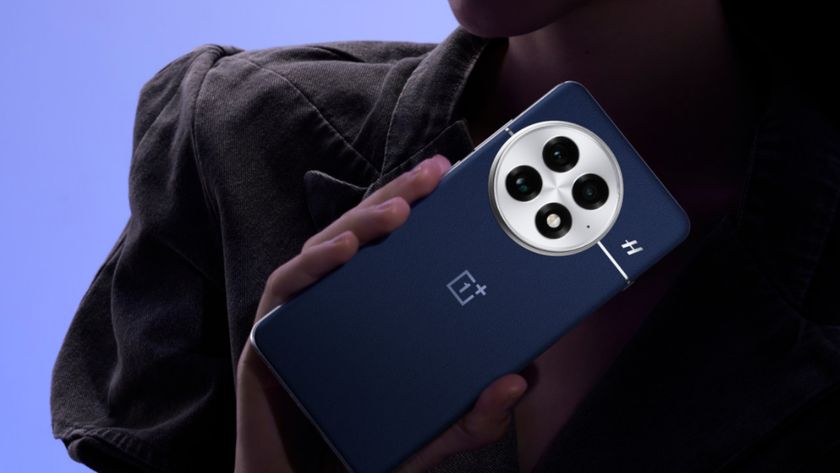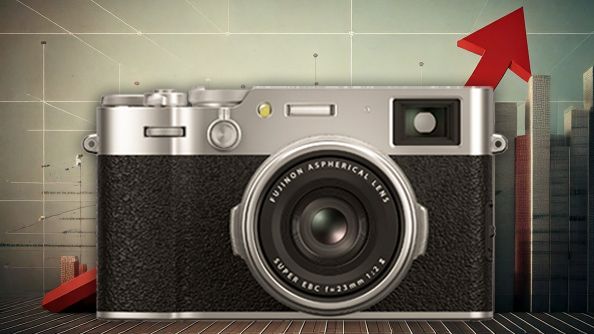Cutting the cord: why wireless charging will finally power up in 2014
Wireless charging's got no strings to hold it down
Today Qi uses near-field coupling, between the coil antenna inside your phone and the one inside the charging mat; you have to either put multiple coils in or rely on people lining up devices in just the right spot.
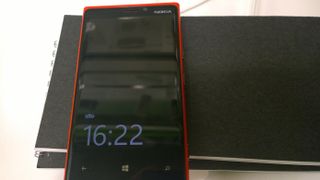
The latest Qi mats give you a little more freedom of movement but to be able to put devices down anywhere on the surface and to be able to fit the charging pad underneath a thick surface like a table or a kitchen worksurface requires the next technology to be included in the Qi standard, magnetic resonance.
Resonant charging lets you put the phone off to one side of the charging spot or have something else in the way and still get charge.
We saw a new charger from Convenient Power that has resonant charging that's fully backwards compatible with Qi, so we were able to stack two notebooks on the charger and put a Nokia Lumia on top of them and have it charge. Bolt the pad under a table and you can charge through the surface.
Convenient Power also showed us a five-device charger that automatically detects the power requirements of the phones and tablets you put on it and delivers the right charge, and again you don't need to worry about lining them up neatly.
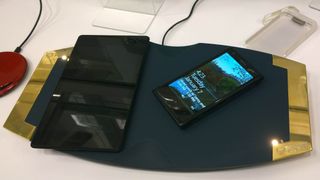
New Zealand wireless power experts PowerByProxi also creates resonant chargers, although it will licence its designs to other companies rather than selling them directly like Convenient Power. Phones will need to have a new charging antenna but they'll still charge on older Qi pads.
The big advantage of the PowerByProxi system is that it puts devices in charge of setting the power level they need, and it can send different power levels to different devices. That means your almost-flat tablet can get lots of power instead of just the trickle of power needed to top up your almost-fully-charged phone
Get daily insight, inspiration and deals in your inbox
Sign up for breaking news, reviews, opinion, top tech deals, and more.
Getting new developments into a backwardly compatible standard like this is vital if we want to see wireless charging on offer at Starbucks and every hotel the way wireless networking is – something that would really make wireless power ubiquitous and something Perzow is working on.
"Infrastructure has been stalled because it's a very conservative market. A hotel wants maximum usability and long life before they're going to put this on every night stand. There needs to be an experience that adds value beyond charging," he says.
The new chargers that can be bolted under tables without having to chisel out a slot will help, as will more freedom of positioning. "You just put the phone down on the charger; you don't have to get the placement just right."
And so will management software that shows which devices are sitting on a table, charging, and whether the power is getting through to them properly. Making wireless power easy to fit, easy to support and easy to use could be what we need to see it everywhere in the next couple of years.
Mary (Twitter, Google+, website) started her career at Future Publishing, saw the AOL meltdown first hand the first time around when she ran the AOL UK computing channel, and she's been a freelance tech writer for over a decade. She's used every version of Windows and Office released, and every smartphone too, but she's still looking for the perfect tablet. Yes, she really does have USB earrings.
